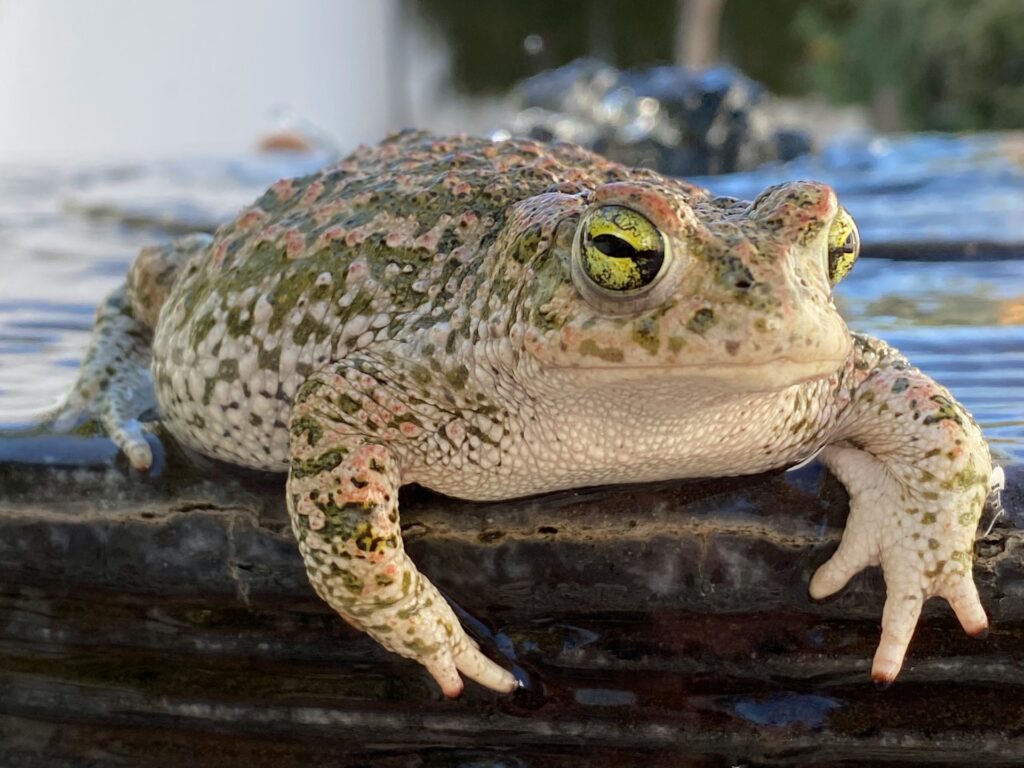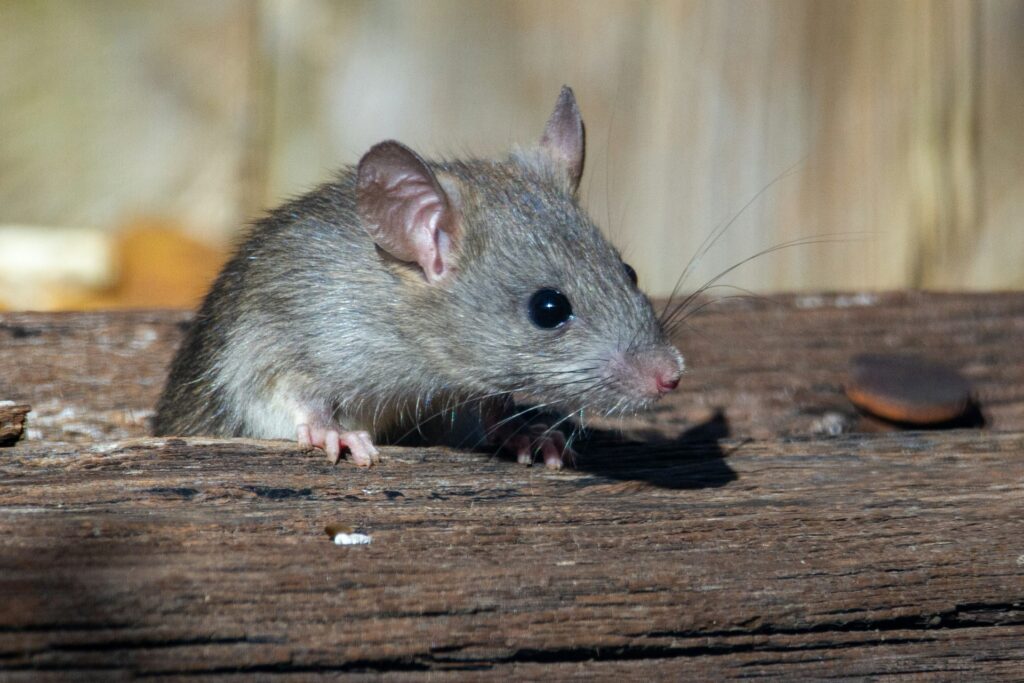Some animals have abilities that seem almost supernatural.

They spot things before they happen, reacting to changes we can’t even register, and picking up on cues that completely pass us by. Whether it’s seismic activity, illness, or emotional stress, certain creatures seem hardwired to notice what we miss. These instincts aren’t magic. They’re the result of specialised senses and millions of years of evolution. Before we’re even aware there’s anything to notice, these animals that can detect things that deserve our attention.
Dogs can detect illness, emotions, and even death.

Dogs have an incredible olfactory system—up to 100,000 times more sensitive than a human’s. They can detect tiny shifts in body chemistry, which is why some dogs are trained to alert people to oncoming seizures or drops in blood sugar. There’s even research showing they can sniff out certain cancers, including lung, bladder, and breast cancer, by detecting volatile organic compounds in breath or sweat.
But it’s not just physical conditions. Many dog owners report their pets becoming more attentive, restless, or protective just before something bad happens. Some dogs have been known to react hours before a death in the home or show signs of stress during early pregnancy—well before anyone else notices a thing.
Cats respond to human moods, atmospheric pressure, and subtle shifts in behaviour.

Cats might be more reserved than dogs, but that doesn’t mean they’re oblivious. In fact, they’re often just as sensitive—especially when it comes to mood and environmental changes. Cats can pick up on subtle vocal tone shifts, body posture, and facial expressions. Some even mirror their owner’s moods or offer comfort when someone is anxious or upset.
In terms of weather, cats have been observed hiding under furniture or acting skittish ahead of storms. It’s thought they sense changes in barometric pressure, static electricity, or even low-frequency rumbles that we can’t hear. Anecdotally, cats have also been known to detect illness or injury, often curling up next to an affected body part.
Elephants can sense earthquakes and storms from miles away.

Elephants communicate over long distances using low-frequency sounds—some below the threshold of human hearing. These infrasonic rumbles can travel for miles through the ground. That sensitivity also means elephants are believed to detect seismic vibrations and infrasonic cues that precede earthquakes or major storms.
After the 2004 Indian Ocean tsunami, elephants in Thailand reportedly moved to higher ground hours before the waves hit. Scientists believe they may have felt the initial tremors or heard frequencies we couldn’t. Their feet and trunks contain specialised receptors that allow them to detect these vibrations, making them some of the most seismically attuned animals on land.
Sharks can sense changes in electric fields and ocean shifts.

Sharks possess electroreceptors called ampullae of Lorenzini, which let them detect the weak electric fields given off by other living things. This allows them to hunt in complete darkness—but it also makes them sensitive to subtle changes in ocean conditions, such as shifts in currents or the build-up of electromagnetic activity before a storm.
Some researchers believe sharks can sense geomagnetic anomalies, possibly allowing them to predict environmental events like underwater volcanic eruptions or tectonic movement. This would explain why some shark species are seen leaving certain areas in the days leading up to major natural events.
Birds use magnetic fields, weather patterns, and air pressure to navigate and react.

Migratory birds are astonishing in their precision. Some travel thousands of miles with uncanny accuracy, returning to the same nesting sites year after year. Part of their navigational system involves an internal compass based on Earth’s magnetic field, a sense tied to a protein in their eyes known as cryptochrome.
But birds are also attuned to barometric pressure. Some species delay migration or change course if they detect an incoming storm. Before earthquakes, birds may take flight in large, uncharacteristic flocks. While the mechanism isn’t fully understood, it likely involves a mix of auditory sensitivity, pressure sensing, and magnetic field awareness.
Bees react to atmospheric changes and human activity.

Bees are known to change their behaviour in response to environmental shifts. They become disoriented by electromagnetic interference—like that produced by mobile towers—and their foraging and navigation can be disrupted by changes in air pressure or humidity.
Ahead of storms or earthquakes, hives often become louder and more erratic, or in some cases, eerily quiet. There have also been accounts of bees swarming unusually or leaving the hive entirely just before seismic events. Their sensitivity may come from their ability to detect slight shifts in carbon dioxide, vibration, or temperature.
Toads abandon habitats before earthquakes.

One of the more surprising animals on this list, toads seem to have an early-warning system for geological disturbances. A 2009 study in Italy documented a population of common toads abandoning their breeding site days before a major earthquake. The researchers found no weather-related explanation and hypothesised that the toads responded to changes in the ionisation of the air or chemical shifts in groundwater.
Toads also detect low-frequency sound waves and subtle ground tremors, giving them a sensory toolkit that’s more refined than many people realise. This sensitivity likely helps them escape threats in their natural environments—but may also make them early indicators of danger.
Horses react to energy, emotion, and movement.

Horses are finely tuned to the energy around them. As prey animals, their survival has long depended on reacting quickly to danger—so they’ve developed an ability to notice small changes in body language, tension, and even scent. This makes them particularly good at reading human emotions.
They can sense fear, stress, or anger from a person through posture, breathing patterns, and muscle tension. Horses often become agitated before storms, likely responding to changes in pressure and wind. In some cases, they’ve even reacted to ground tremors before earthquakes, pacing or refusing to settle in stables.
Rats flee before disaster strikes.

Rats have been observed leaving buildings before fires, floods, and earthquakes. Their acute sense of smell and hearing allows them to detect changes in temperature, smoke particles, gas leaks, or chemical signals that signal danger. Their long whiskers also detect fine vibrations and air movements, giving them a powerful sensory edge.
There are reports, both historical and modern, of rats abandoning cities or tunnels in the days before large disasters. While not fully understood, it’s clear that rats are often the first to act when something’s not right—hence the old saying, “like rats leaving a sinking ship.”
Fish react to pressure changes and water movement.

Fish have a unique sensory organ called the lateral line, which helps them detect water movement, vibrations, and changes in pressure. This is how they coordinate schooling behaviour and avoid predators. But it also allows them to respond to environmental shifts that signal danger.
Before earthquakes or tsunamis, some fish species become restless or swim to deeper or safer areas. Fishermen have reported strange fish behaviour ahead of major natural events, and some studies suggest fish may be responding to ultra-low frequency sounds or pressure changes deep in the ocean.